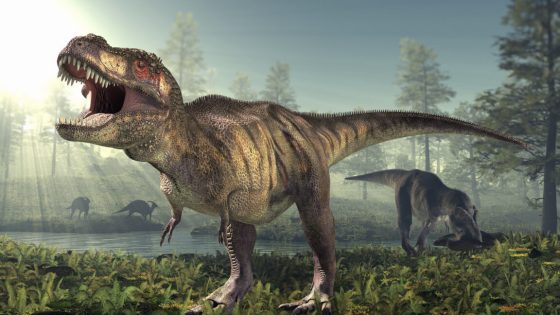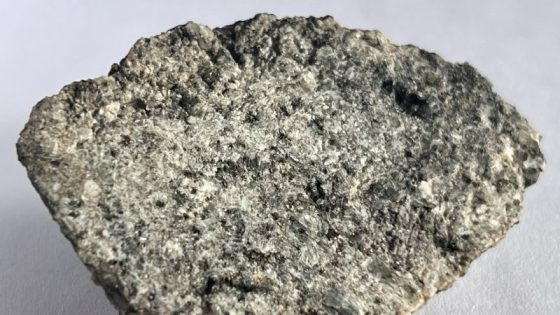Recent research sheds light on the fascinating ecology of Spinosaurus, revealing that this Cretaceous giant had a surprisingly diverse diet. The study, published in Current Biology on 2025-08-09, highlights its foraging habits, which extended beyond fishing to include other prehistoric creatures.
- Spinosaurus had a diverse diet.
- It foraged beyond just fishing.
- Stiff skulls indicate different predation strategies.
- Evidence of predation on large herbivores.
- Ambush tactics used by specialized predators.
- Spinosaurus not built for direct combat.
Spinosaurus was not merely a massive predator; it displayed characteristics of a generalist feeder, consuming pterosaurs and iguanodon remains. This finding challenges previous assumptions about its predatory behavior, suggesting a more nuanced role in its ecosystem.
This revelation prompts a deeper investigation into how Spinosaurus interacted with its environment. Did it primarily ambush prey, or did it employ different strategies? Consider these points:
- Spinosaurus had a reinforced jaw structure similar to crocodiles.
- Fossil evidence shows it actively preyed on large herbivores.
- Its feeding strategies were likely diverse, adapting to available resources.
As paleontological techniques advance, further discoveries could reshape our understanding of prehistoric life. What other secrets do ancient ecosystems hold?

































